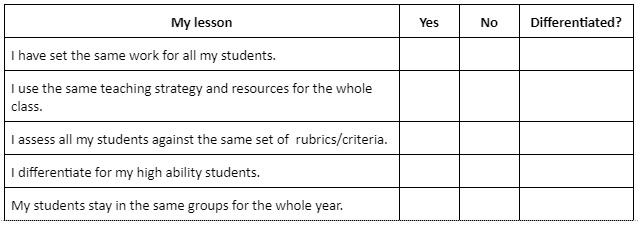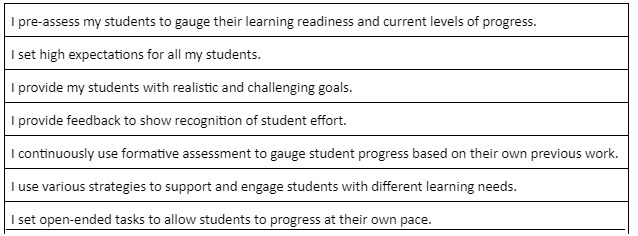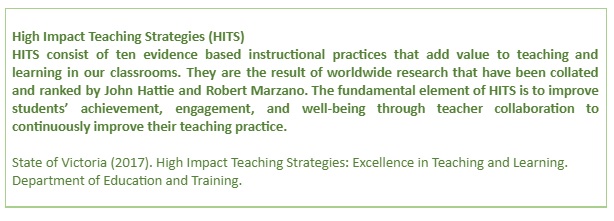Summary
What is Differentiation?
How can we make differentiation happen in our classrooms?
Checklist – is my lesson differentiated?
Considerations for English as an Additional Language (EAL) learners.
Already have the Collaborative Classroom – 50 Cooperative Learning Strategies for Student Engagement? Send us feedback here
Want the book at a discounted price? Email me for more details. Free postage across Australia.
While all students need to cover a set of curriculum each year of their schooling, HOW they do this varies depending on a few individual student factors:
Current starting point – we recognise that our students have different strengths and abilities
Learning readiness – we move our students from where they are now to what they are ready to learn next
Learning progress – we acknowledge and value our students’ efforts
Differentiated teaching takes place when we adjust one or all of these:
Our lesson content – what skills do we want our students to master?
Our process – instructions, lesson structure, and the tasks/activities our students will complete
Our product – lesson purpose/objective/outcome – how will our students demonstrate their new knowledge/skills?
We can gauge student progress by using various assessment tools, including pre and post evaluations. By adding specific and targeted differentiation to our planning, we create a safe environment for two things to happen; extending stronger students and supporting students who need additional time and resources. However, it is important to keep in mind that we are not “dumbing down” our content. We are simply providing appropriate and realistic challenges that allow our students to experience success while progressing at their own pace.

Use the checklist below to reflect if your lesson is differentiated.

If you have answered Yes to the statements above, then you have not differentiated your lesson. In order to ensure that your lesson is differentiated, you need to have as many statements as possible below in the affirmative.

Differentiation supports student voice and agency as it allows students to have choices of various learning tasks based on agreed goals and prior learning. It creates an equitable classroom environment as students are assessed against their personal previous achievements rather than a whole class standard. By differentiating our lessons, we are supporting and challenging our students to reach their optimal learning potential.

